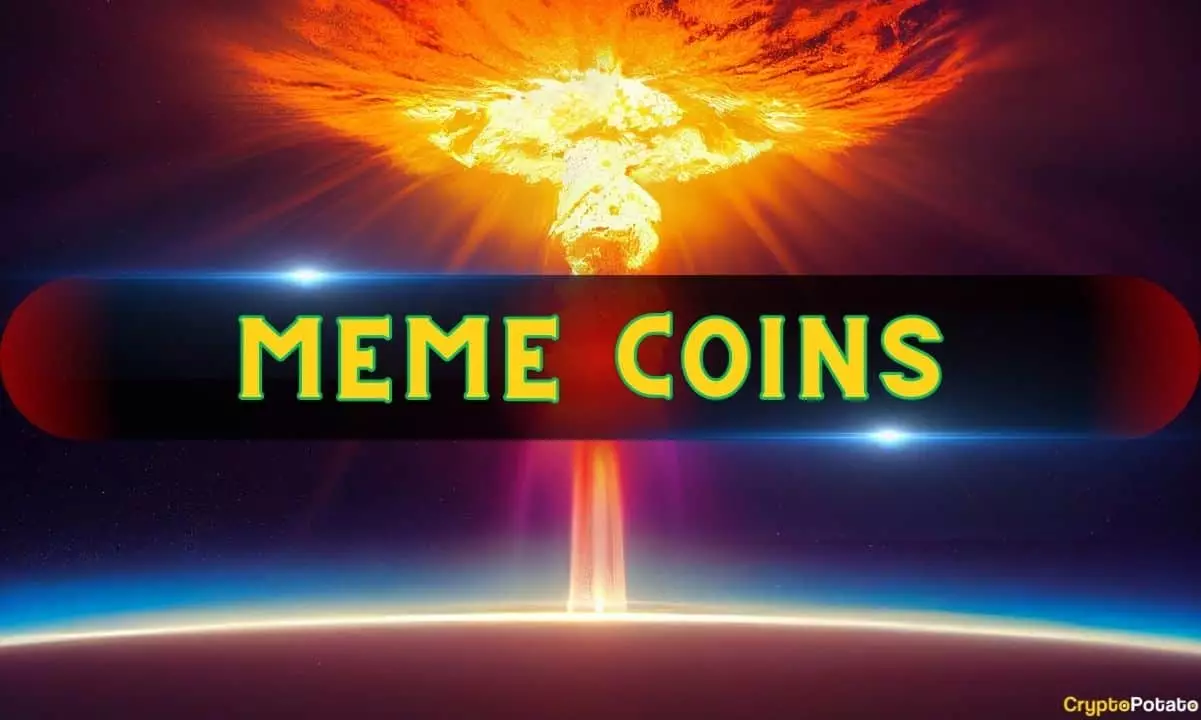The rise of meme coins in the cryptocurrency market has sparked an important conversation about regulatory oversight. Chris Dixon, a general partner at Andreessen Horowitz (a16z), recently shared his concerns about the US regulatory system and its treatment of meme coins. He questioned why meme tokens are permitted to thrive while other cryptocurrency companies and blockchain projects, with potentially valuable applications, face regulatory hurdles. This discrepancy in treatment has raised eyebrows within the industry, leading to calls for more consistent and fair regulations.
Dixon’s critique of the regulatory regime in the US highlights the absurdity of the current situation. Meme coins, which are often used for humor and based on internet jokes, enjoy a relatively easy path to launch and trade. On the other hand, entrepreneurs working on innovative blockchain projects find themselves mired in regulatory uncertainty, unable to move forward with their ideas. This “computer vs. casino” dynamic, as Dixon calls it, underscores the need for a more level playing field in the crypto market.
One of the key arguments put forth by Dixon is the need for better regulation to protect investors and prevent fraudulent schemes. By drawing parallels to the post-Great Depression era, Dixon emphasizes the importance of regulatory guardrails to foster growth and innovation in the cryptocurrency space. A well-defined regulatory framework that takes into account the diverse characteristics of different tokens is essential to ensuring fair, efficient, and safe markets for all participants.
Despite the regulatory challenges faced by meme coins, the market for these tokens has experienced a significant surge in popularity. In 2024, the total market cap of leading meme coins reached $80 billion, approaching the record highs seen during the 2021 rally. However, this value has since dropped to around $50 billion, indicating a degree of volatility in this sector. While some meme coins like Dogwifhat (WIF) have gained media attention and substantial market capitalization, others have led to investor losses due to rug pulls and sudden market dumps.
The regulatory challenges faced by meme coins in the crypto industry highlight the need for a more balanced and consistent approach to oversight. By addressing the disparity in treatment between meme tokens and other blockchain projects, regulators can create a more stable and equitable market environment. Moving forward, it is crucial to prioritize investor protection, promote innovation, and establish clear guidelines that support the long-term growth of the cryptocurrency market.















Leave a Reply